by Yutong Zhang and Rose Porta
Profession representation is important in LEGO minifigures, because every profession should be valued and acknowledged equally in society. In addition, children are more likely to pursue their dreams if they can see themselves in the professions playing with toys. This prompted us to investigate the professions represented in LEGO minifigures with a focus on the gender representation in them. For this project, all the data used was from bricklink.com’s Catalog: Minifigures: Town category, where the real-life professions are more likely to be located.
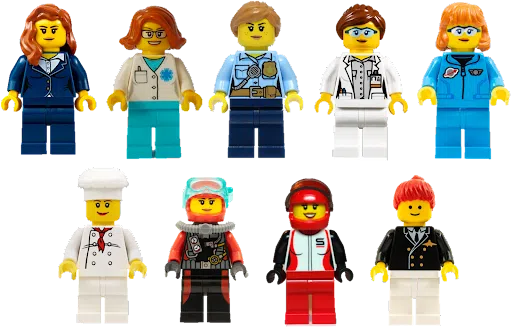
Gender representation in minifigures’ professions
We selected 8 relatively common and historical jobs in LEGO: Police, Chef, Diver, Driver, Doctor, Astronaut, Scientist, and Pilot under the Minifigures:Town category. All minifigures were classified into “male”, “female”, or “no tag” based on keywords detection:
- Classified as female if “female”, “ponytail”, “pigtails”, “eyelashes”, “lips”, “girl”, or “woman” are present in description
- Classified as male if “Male”, “Man”, “businessman”, “beard”, “moustache”, “goatee”, “sideburns” or “stubble” are present in description
- Classified as “no tag” if none of these keywords were present
For some professions, the default may be that all minifigs were male until a certain point in time. This means that some “no tags” may actually be male. Therefore, we looked at the date of first released female for each profession and corrected the “no tags” that were released prior to the first labeled female, if they were indeed male.
Furthermore, some minifigures are not labeled a gender but contain parts that are apparently masculine / feminine – for example, a head with facial hair parts description that is not present in the minifigure description. Because of this, we scraped the individual parts’ descriptions of each minifigure and conducted a second round of keyword detection. We call this our “corrected” data.
Graphs on the leftmost column show the proportion of female, male, and untagged-gender minifigures in each profession mentioned above. These gender tags were based on the Bricklink minifigure description.
Graphs in the middle show the corrected proportion of each gendered minifigures of the 8 professions. These gender tags were based on an investigation into the initial “no tag”s and scraping the parts descriptions.
Graphs on the rightmost column show the distribution of release year by gender for each of the 8 professions. Every bar of each histogram represents a 5-year period.
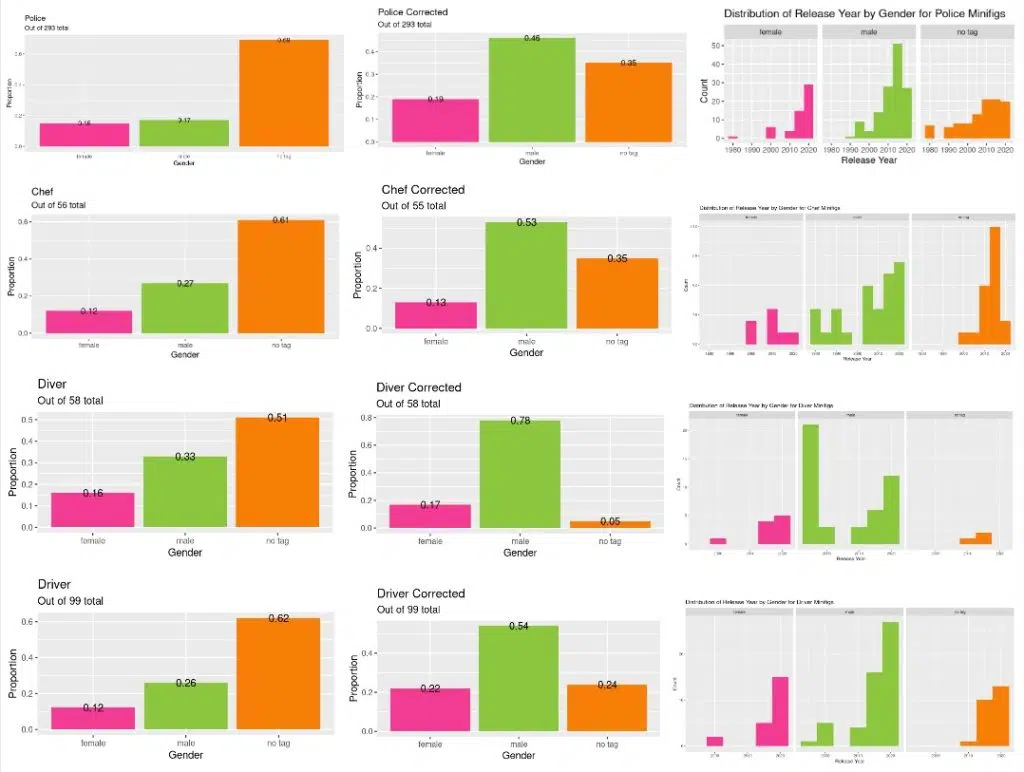
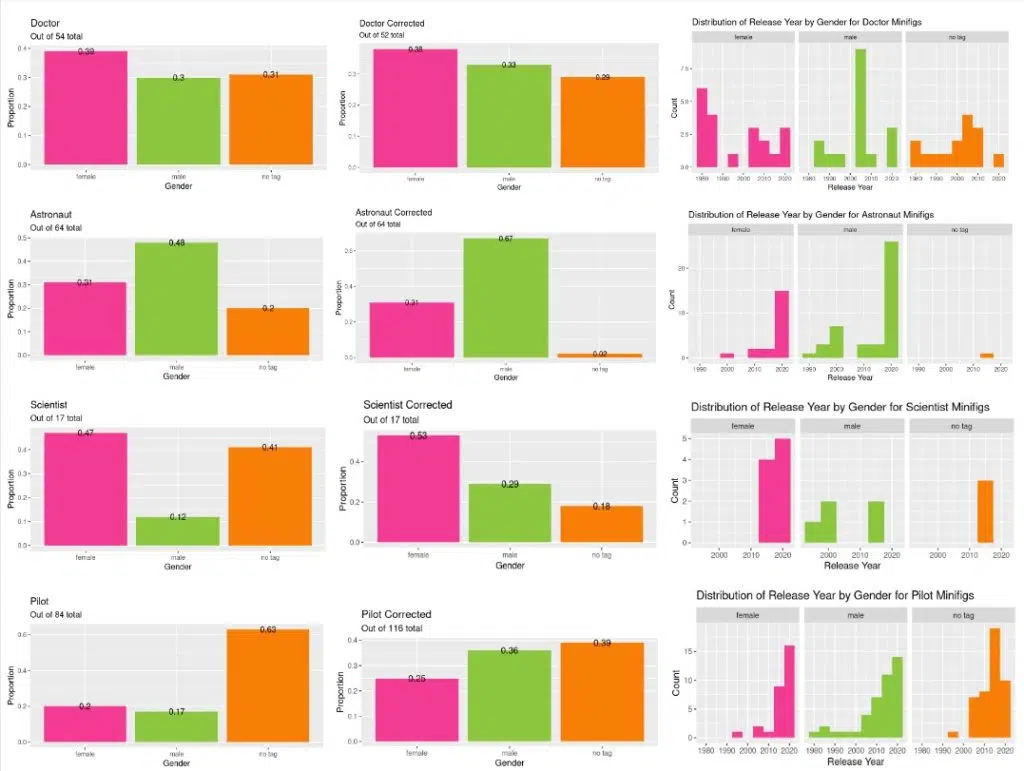
A lot more previous “no tag” items / minifigs were actually male (as identified by their body parts) while only a few previous “no tag” items / minifigs were female. Although the number and proportions of some female minifigures professions increased as well after the correction, none of them increased as much as those for the male. The fact that fewer female minifigures were missed at the first round of classification implies that female minifigures are more likely to be specifically tagged than males, which are seen as the “default” especially in earlier release years.
Looking at the rightmost column, it is notable that most females were released in more recent years as compared to earlier years. Although this is true for all genders, it is especially true for females.
Change in female minifigs over time by professions
To get an overview of how female minifigures in different professions developed over time, we picked the first female minifig ever existed in this profession, one (or some) minifig(s) in the middle of the development, and one (or more) most recent minifig(s) to represent the current status.
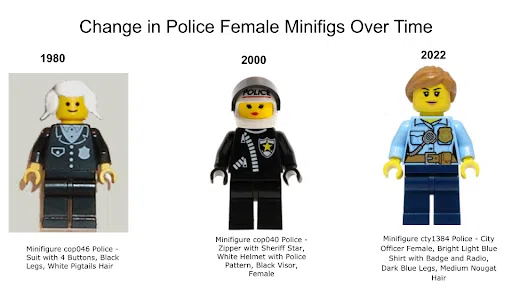
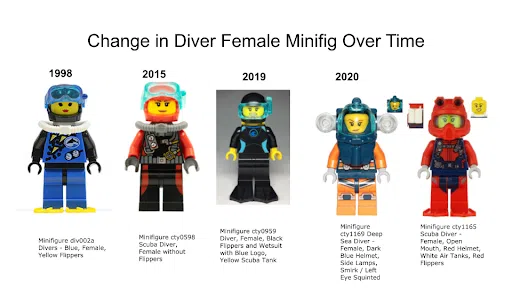
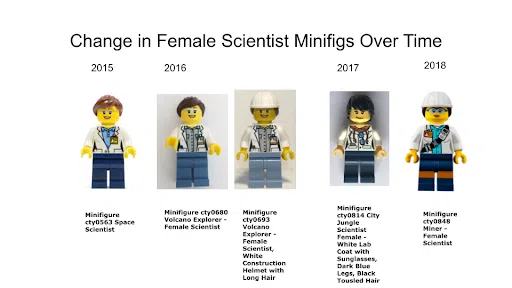
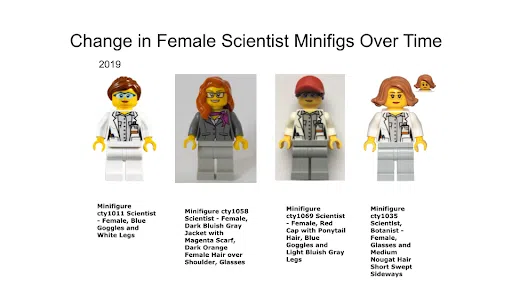
Note that there were female scientists existing before 2015 in the minifigures and the collectible minifigures category, but we are only looking at the Minifigures:Town category. It is interesting that all scientists released in 2019 were females, including a botanist.
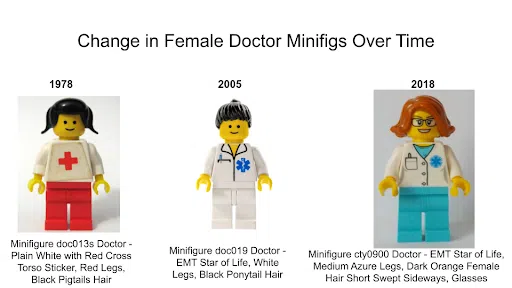
On a closer look at which minifigs were tagged as female in the “doctor” category, we found that many were tagged as EMTs, which is considered not as prestigious of a profession as compared to doctors. Additionally, the one released in 1978 looks like she may be a nurse rather than a doctor, even though she was not explicitly tagged that way.
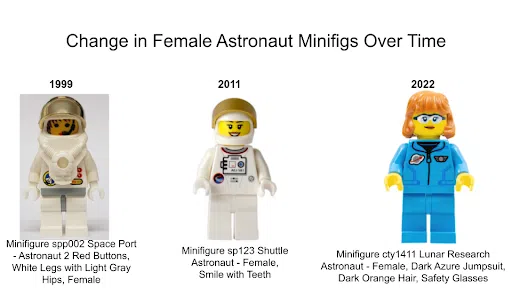
It is worth mentioning that in 2022, there are different types of astronauts including “research astronauts”, and not all astronauts are in space suits.
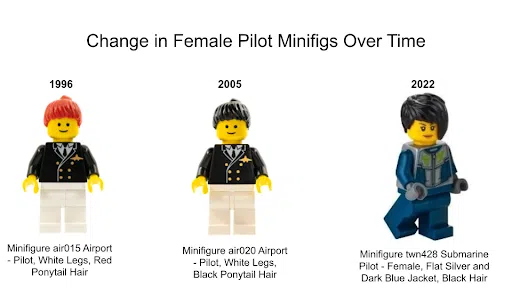
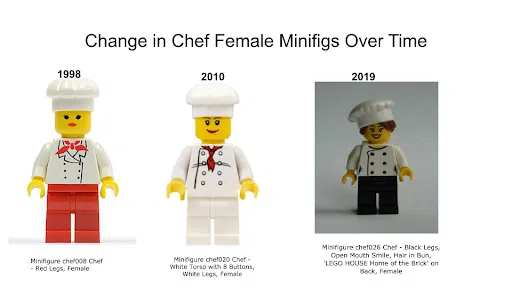
The most general change in the professions is the increased detail in the head. There is more variety in facial expressions than before. For females particularly, some minifigures heads switched from just two dots (representing eyes) and one line (representing a smile) to with eyebrows, eyelashes, reflection in the pupils, freckles, and most notably, the presence of makeup. Around the years 1998-2000, female heads were very similar, regardless of professions.
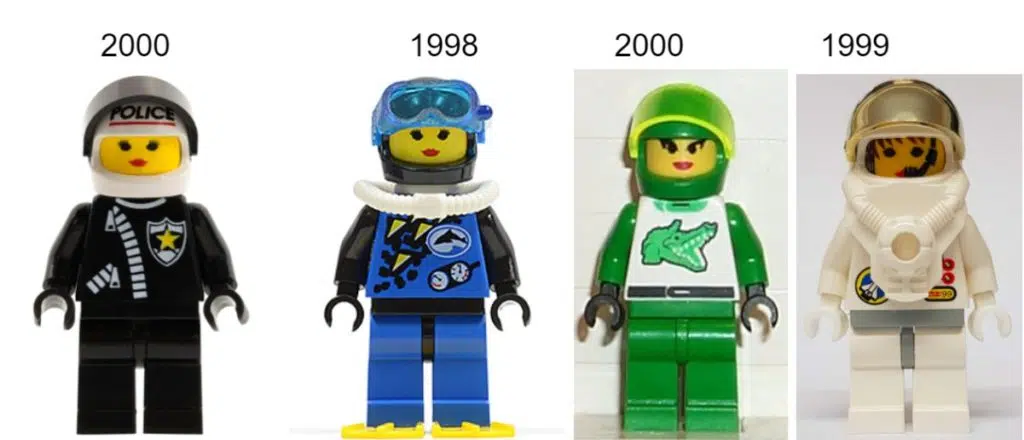
Starting from the 2000s (in the middle of the female minifigs development), there began to be gender distinguishable features in the torsos (e.g. wrinkles on the clothes showing the waist), although a lot of them were already de-sexualized by their outfits due to the nature of the professions we inquired about.

In 2000, the first female drivers were released as a racing team called the “Green Alligator”, which was a racing team that seemed to exist for the purpose of accompanying the other male racing teams — “Blue Shark”, “Red Scorpion” and “Yellow Tiger”. The next female drivers were not produced until 2017: 2 ATV drivers and 1 dragster transport truck driver. There were suddenly a lot more female drivers in 2021, and a lot of them were stuntz drivers, whose clothes were less uniform.

Overall, there are much fewer female minifigures than males in all professions, both by absolute count and by relative proportions. Male is seen as the default gender, and male minifigures are less likely to be specifically tagged as “Male” in their descriptions. Some female professions exist to complete a scene or set that was predominantly male. All professions we looked into had their first minifigure as a male. And the professions that do have female minifig representatives are usually jobs that are male-dominanted in real life, which presumably explains why this profession was created in LEGO in the first place.
Apart from gender representation, some professions are underrepresented as a whole. Teacher/professor, gardener, waitress, and artist are some of the most common positions in our daily life, whereas there is only one minifigure representing each of these professions. If a kid dreamed of becoming a lawyer, nurse, author/writer, flight attendant, or musician, then they would not be able to see themselves in these professions at all. But don’t be too disappointed! If you happen to be a volcano or jungle explorer, you’ll find 14 – 21 minifigure options doing your job!
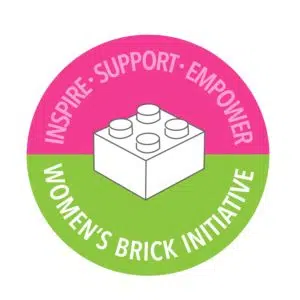

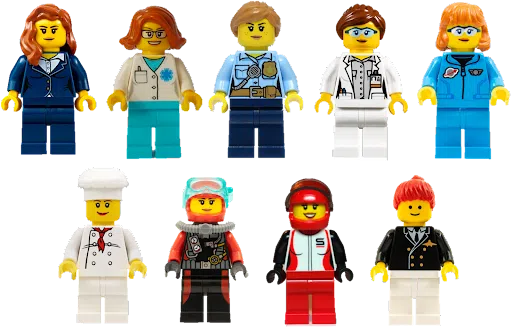
1 comment
Steven
This is some excellent content! I think with Lego, you can really reveal the struggle of humanity with minorities of any direction: skin colour, gender, professions, it’s crazy. Now, I wonder how you can add the “Friends” series into this. Because it very much belongs into this, too 🙂